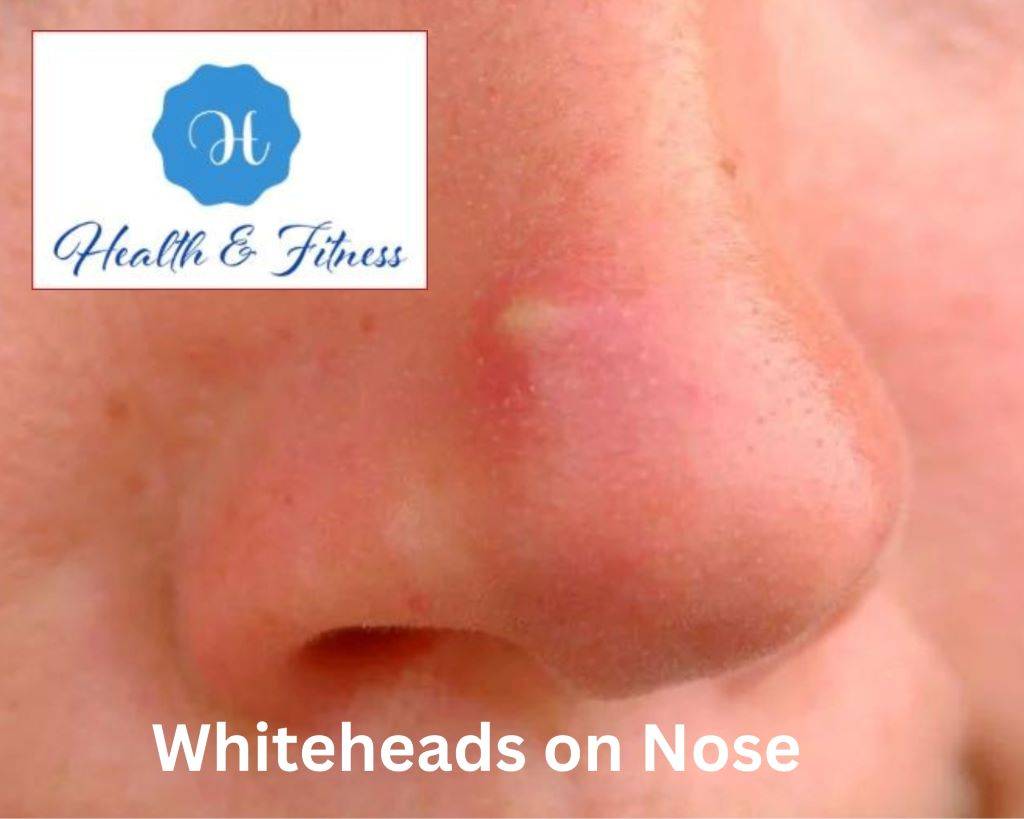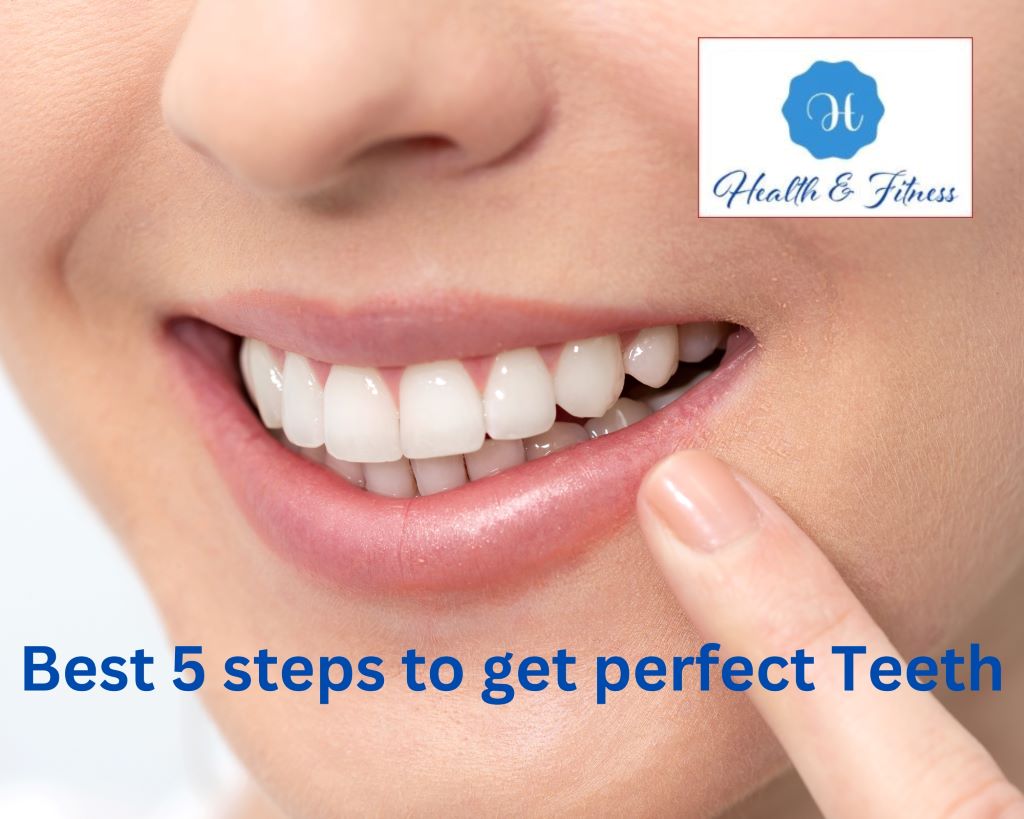Learn about whiteheads on nose causes, prevention, and effective treatment options. Reclaim clear, smooth skin today. Whiteheads are a common skin issue many people face, particularly in the facial area. One of the most frequent places for whiteheads to appear is on the nose. This pesky problem can be frustrating, but understanding the causes, prevention methods, and treatment options can help you manage and eliminate whiteheads on your nose.
In this blog post, we’ll explore the reasons behind whiteheads, specifically on the nose, and discuss various ways to prevent and treat them. By the end of this post, you’ll be armed with the knowledge to tackle whiteheads and achieve clearer, healthier.
What are whiteheads?
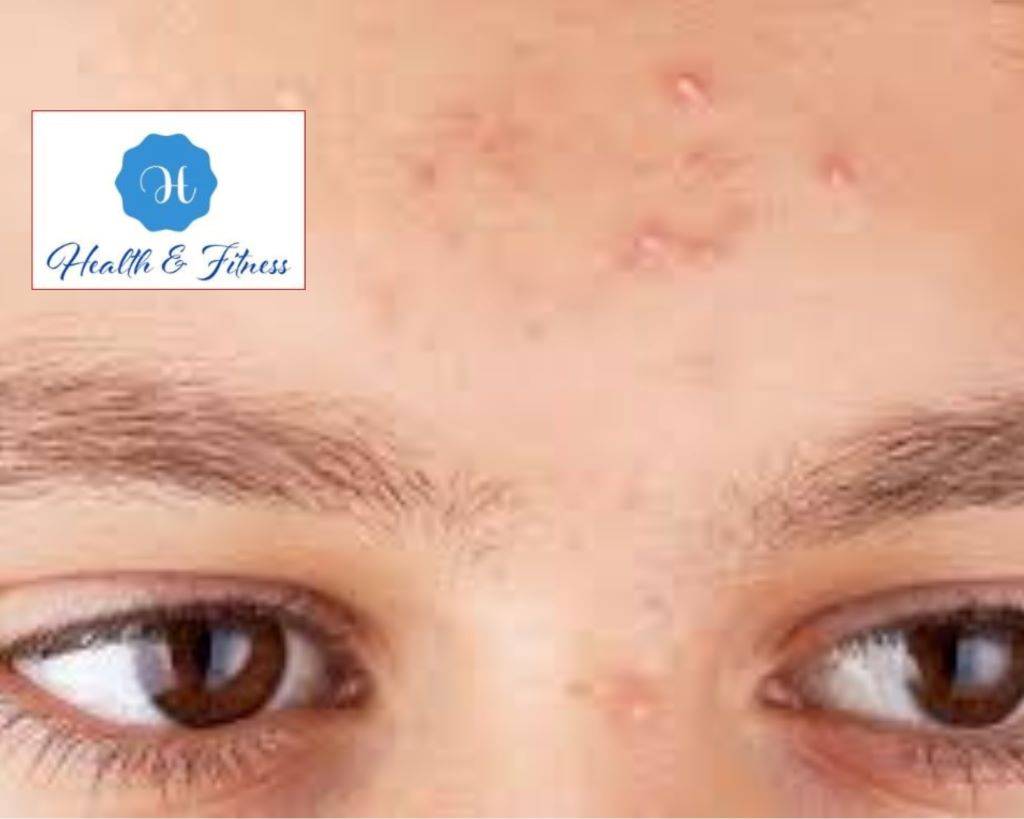
Whiteheads, also known as closed comedones, are acne characterized by small, white, or flesh-coloured bumps on the skin’s surface. They occur when dead skin cells, oil (sebum), and bacteria become trapped within a hair follicle. The clogged pore remains closed, unlike blackheads, which have an open pore exposed to.
Causes of Whiteheads on Nose
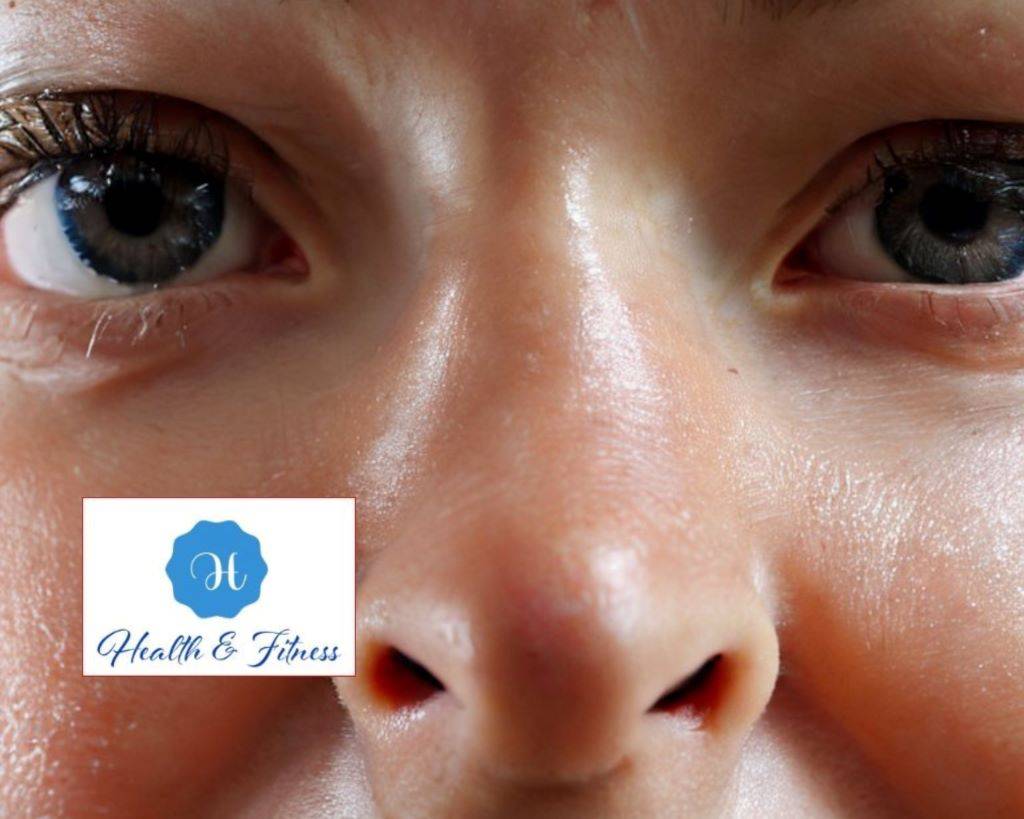
Several factors can contribute to the development of whiteheads on nose:
- Excess oil production: The skin naturally produces oil to moisturize and protect. However, when the sebaceous glands produce too much oil, it can lead to clogged pores and whiteheads. The nose, in particular, has a high concentration of sebaceous glands, making it more prone to whiteheads.
- Hormonal fluctuations: Changes in hormone levels, especially androgens, can increase oil production and contribute to the appearance of whiteheads. During adolescence, menstruation, and pregnancy, it is common to experience acne and whiteheads because of these specific factors.
- Dead skin cells: The skin continually sheds dead skin cells, which can accumulate and clog pores if not adequately removed. This buildup can lead to the formation of whiteheads.
- Poor hygiene: If you fail to clean your face consistently, incline whiteheads to develop whiteheads because of a buildup of bacteria, dead skin cells, and oil.
- Certain medications: Some medications, such as steroids, can cause an increase in oil production, leading to clogged pores and whiteheads.
- Genetics: If your family members have acne or whiteheads, you may also be more prone to developing them.
- Stress: While stress doesn’t directly cause whiteheads, it can exacerbate the problem by increasing inflammation and causing hormonal fluctuations.
- Diet: Although the connection between diet and acne is still debated, some studies suggest that certain foods, such as those high in sugar and dairy, can contribute to developing acne and whiteheads.
Home Remedies for Whiteheads on Nose
1-Steam Facial
Steaming your face can help open up your pores, making it easier to remove trapped oil, dirt, and dead skin cells that contribute to the formation of whiteheads. To perform a steam facial, fill a bowl with hot water, drape a towel over your head, and lean over the bowl, allowing the steam to envelop your face for 5-10 minutes. Follow up with a gentle exfoliation and moisturizer.
2- Apple Cider Vinegar
You can use apple cider vinegar, which contains inherent antibacterial and anti-inflammatory properties, to decrease the occurrence of whiteheads. Combine equal amounts of apple cider vinegar and water, then apply the mixture to your nose using a cotton ball. Allow it to sit for 15-20 minutes before washing it off with lukewarm water. Repeat this routine once or twice a day.
3- Tea Tree Oil
It is a beneficial natural whitehead treatment recognized for its antimicrobial and anti-inflammatory characteristics. To use it, dilute a handful of tea tree oil with a carrier oil like jojoba or almond oil. Apply the mixture to the affected area using a cotton swab. Allow it to remain for approximately 20-30 minutes before washing it off with lukewarm water. Repeat this procedure once or twice a day.
4- Honey
Honey has natural antibacterial properties that can help reduce the occurrence of whiteheads. Put a thin layer of raw honey on your nose, let it sit for 15 to 20 minutes, and then rinse with warm water. Once or twice a day, repeat this procedure.
5- Baking Soda
It can aid in exfoliating the skin and eliminating dead skin cells, which may decrease the visibility of whiteheads. Create a paste by combining a small quantity of baking soda with water and applying it to your nose. Allow it to sit for 10-15 minutes before rinsing with lukewarm water. Repeat this procedure once or twice a week.
6- Lemon Juice
The citric acid in lemon juice enables it to exfoliate the skin and clear out pores effectively. Use a cotton ball to apply freshly squeezed lemon juice to the affected area and let it remain for 10-15 minutes before rinsing with lukewarm water. Repeat this routine once or twice a day. It is important to note that lemon juice can increase sensitivity to sunlight; hence, remember to use sunscreen before heading outside.
7- Green Tea
Green tea is rich in antioxidants and has anti-inflammatory properties that can help reduce the appearance of whiteheads. Brew a cup of green tea, and allow it to cool. Immerse a cotton ball in the tea, then place it on your nose. Allow it to sit for 10-15 minutes before washing it off with lukewarm water. Repeat this procedure once or twice a day.
Prevention tips for whiteheads on nose
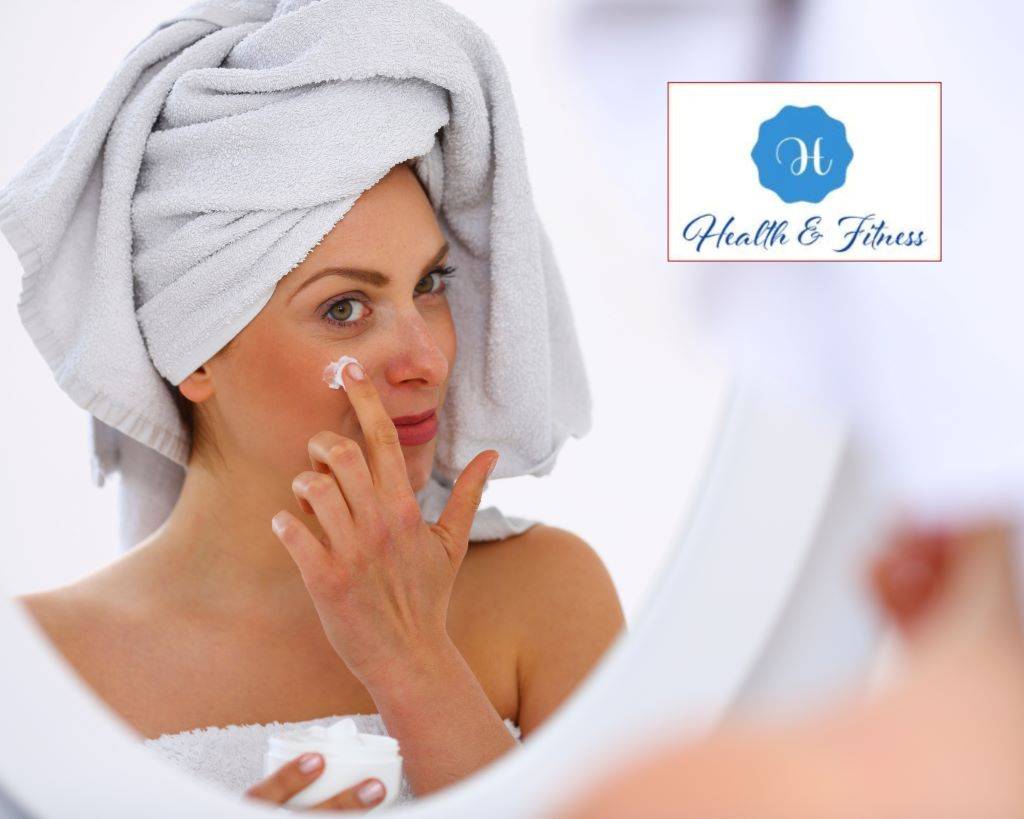
Preventing whiteheads can help you maintain clear and healthy skin. Here are some tips to help you reduce your chances of developing whiteheads on your nose:
- Wash your face regularly: Cleanse your face twice daily with a gentle cleanser that dissolves in water and removes microorganisms, dead skin cells, and excess oil. Avoid using harsh scrubs or exfoliants that can irritate the skin.
- Choose non-comedogenic products: Look for skincare and makeup products labelled “non-comedogenic,” meaning they are less likely to clog pores.
- Moisturize: Use a lightweight, oil-free moisturizer to hydrate your skin without clogging pores.
- Exfoliate: Gently exfoliate your skin once or twice a week with a chemical exfoliant, alpha-hydroxy acids (AHAs) or beta-hydroxy acids (BHAs). Dead skin cells and clogged pores can both be removed using this.
- Avoid touching your face: Touching your face can transfer oil, dirt, and bacteria from your hands to your pores, increasing the risk of whiteheads.
- Manage stress: Practice stress-reduction techniques, such as meditation, yoga, or deep breathing exercises, to help minimize the impact of stress on your skin.
- Evaluate your diet: While more research is needed, consider reducing your intake of high-sugar foods and dairy products if you suspect they may contribute to your whiteheads.
Treatment options for whiteheads on nose
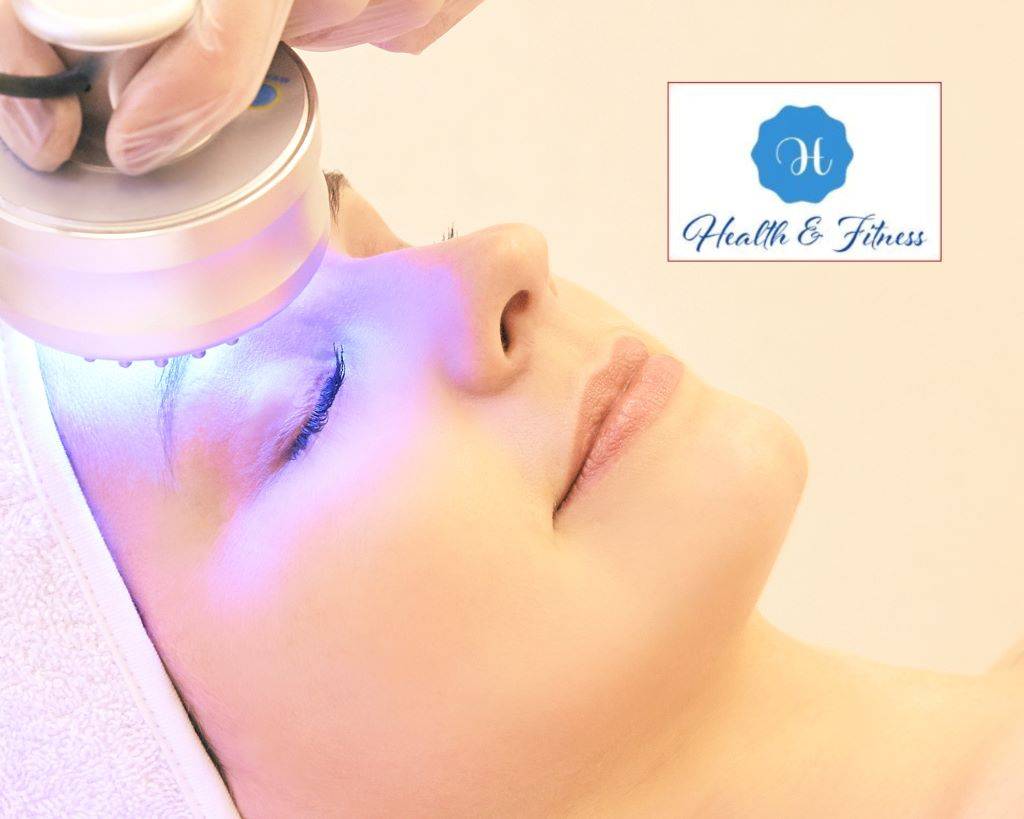
If you’re already dealing with whiteheads, there are several treatments available to help clear your skin:
1- Over-the-counter (OTC) Treatments
Many OTC acne treatments can effectively treat whiteheads. Look for products containing ingredients like salicylic acid, benzoyl peroxide, or glycolic acid, which can help unclog pores and reduce inflammation.
2- Topical Retinoids
Topical retinoids, such as adapalene, are available OTC or by prescription and can help increase cell turnover, unclog pores, and reduce the formation of whiteheads.
3- Professional Extractions:
A licensed esthetician or dermatologist can perform extractions to safely remove whiteheads without causing damage to the surrounding skin. This should not be attempted at home, as improper extraction can lead to scarring or infection.
4- Chemical Peels
A chemical peel performed by a professional can help remove the top layer of skin, unclog pores, and reduce the appearance of whiteheads. Peels containing AHAs or BHAs are particularly effective for treating whiteheads.
5-Prescription Medications
A dermatologist may prescribe oral or topical medications to help control acne if your whiteheads are persistent or severe. These may include antibiotics, hormonal therapies, or isotretinoin, depending on the severity and cause of your whiteheads.
6- Light and Laser Therapies
Advanced light and laser therapies, such as blue light therapy or intense pulsed light (IPL) treatments, can help reduce inflammation and kill acne-causing bacteria, reducing the occurrence of whiteheads.
7- Microneedling:
It, also known as collagen induction therapy, involves using tiny needles to create micro-injuries in the skin, stimulating collagen production and promoting skin regeneration. This treatment can improve the overall texture and appearance of the skin, reducing the occurrence of whiteheads.
How to Get Rid of Whiteheads Permanently:

While current treatments and home remedies can help manage and reduce the appearance of whiteheads, achieving permanent results remains a challenge. However, as technology and skincare research continue to advance, new strategies may emerge to help individuals permanently eliminate whiteheads. This article will explore possible skin care and dermatology developments that could lead to long-lasting solutions for whiteheads.
Future Strategies for Clear Skin
1-Personalized Skincare
As our understanding of genetics and individual skin characteristics improves, personalized skincare products and routines tailored to each person’s unique needs may become more prevalent. This could lead to more effective prevention and treatment of whiteheads and other skin issues.
2- Advanced Topical Treatments
Researchers are continually developing new topical treatments targeting the root causes of whiteheads and acne. In the future, we may see the development of more effective and targeted topical treatments that can help prevent and eliminate whiteheads permanently.
3- Microbiome Balancing
The skin’s microbiome is crucial in maintaining skin health. Future research may focus on developing treatments that balance the skin’s microbiome, reducing the occurrence of whiteheads and other skin issues.
4- Gene Editing
As gene-editing technologies like CRISPR continue advancing, future treatments could target the genetic factors contributing to whiteheads and acne. By altering the genes responsible for excess sebum production or other factors, we may eliminate whiteheads permanently.
5- Nanotechnology
Nanotechnology in skin care is an emerging field with significant potential. In the future, we may see the development of nanotechnology-based treatments that can deliver active ingredients directly to the hair follicle, effectively targeting and eliminating whiteheads.
6- Light and Laser Therapies
While light and laser therapies are already used to treat whiteheads and acne, advancements in these technologies may lead to more effective and long-lasting results. Future developments in light and laser therapies could target and destroy the root causes of whiteheads, leading to permanent results.
7-Immunotherapy
Research into the immune system’s role in skin health is ongoing, and future developments in immunotherapy could lead to treatments that help the body’s immune system better target and eliminate the bacteria and inflammation that contribute to whiteheads.
When to see a dermatologist
If your whiteheads persist despite your efforts to prevent and treat them, it may be time to consult a dermatologist. A board-certified dermatologist can evaluate your skin, identify any underlying issues, and recommend a personalized treatment plan to help you achieve clearer, healthier skin.
Conclusion about Whiteheads on Nose
Whiteheads on the nose can be frustrating and unsightly, but understanding their causes and implementing advanced prevention strategies can help keep your skin clear. If you’re struggling with whiteheads, consider trying some of the cutting-edge treatment options mentioned above, and consult with a dermatologist for personalized advice and recommendations. You can achieve a whitehead-free complexion with the right approach and a commitment to maintaining healthy skin.
Reference
American Academy of Dermatology Association. (n.d.). Acne: Who gets it and causes https://www.aad.org/public/diseases/acne-and-rosacea/acne#causes
Mayo Clinic Staff. (2021, August 6). Acne. Mayo Clinic.
https://www.mayoclinic.org/diseases-conditions/acne/symptoms-causes/syc-20368047

